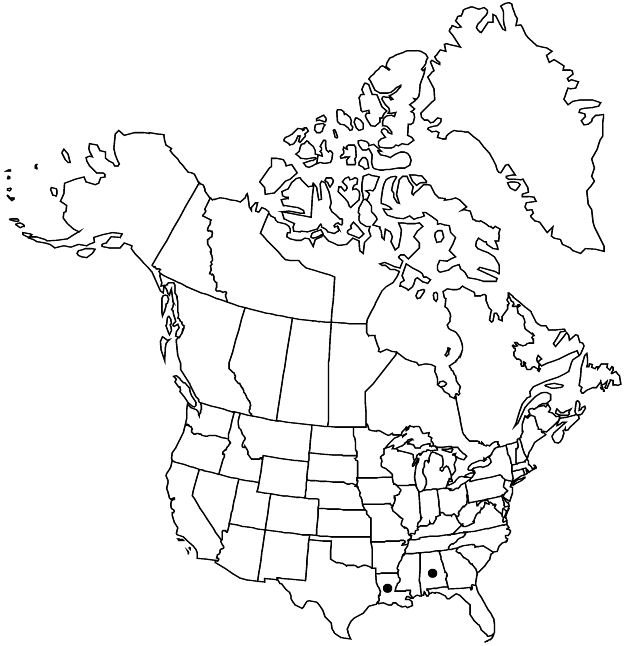Hibiscus mutabilis
Sp. Pl. 2: 694. 1753.
Subshrubs, shrubs, or trees, to 8 m. Stems: new growth usually somewhat floccose, hairs stellate and simple or glandular, line of fine, curved hairs absent or obscured. Leaves: stipules subulate to narrowly triangular, 3–14 mm; petiole below inflorescence 1/2–1 1/2 blade, fine, curved hairs absent or obscured adaxially; blade broadly to transversely ovate, 3–7-lobed, 6–20 × 6.5–22.5 cm below inflorescence, base deeply to shallowly cordate, lobes broadly triangular, margins subentire to coarsely crenate-dentate, apex broadly obtuse to long-acuminate, surfaces variably stellate-hairy, sometimes minutely so, nectary absent. Inflorescences solitary flowers, in axils of distal leaves or appearing subcorymbose by reduction of internodes and subtending leaves. Pedicels obscurely to conspicuously jointed distally, 2–12 cm, stellate and glandular-hairy; involucellar bractlets (6 or) 7–11 (or 12), often deciduous after anthesis, linear-subulate to narrowly triangular, 0.8–2.2 cm, margins not ciliate, stellate and glandular-hairy Flowers horizontal or ascending, sometimes double; calyx divided 1/2–2/3 length, campanulate, 1.6–4 cm, lobes triangular, apices acute to acuminate, stellate and glandular-hairy, nectaries absent; corolla broadly campanulate to rotate, petals usually opening white, changing to deep pink over course of day, rarely pink and unchanging, often with deep pink spot near base, ± obovate, (2.5–) 4–7.5 × 1.2–7.5 cm, apical margins repand, usually undulate, finely hairy abaxially where exposed in bud; staminal column straight, white to pink, 1.4–2.6 cm, bearing filaments nearly throughout, free portions of filaments not secund, 2.5–5 mm; pollen cream to yellowish orange; styles white to pink, 3–16 mm; stigmas pink or yellow, rarely white. Capsules brown, broadly ovoid or globose, 1–2.5 cm, apex impressed, strigose. Seeds olivaceous to reddish-brown or dark-brown, reniform-ovoid, 2–2.8 mm, laterally glabrous, dorsally and dorsolaterally bearing long, straight, light-brown to white, simple or 2-armed or 3-armed hairs. 2n = 84, 88, 92, 100, 110, 120 (all cultivars).
Phenology: Flowering mainly Jul–Oct.
Habitat: Old home sites, disturbed places
Elevation: 40–700 m
Distribution

Introduced; Ala., La., Asia (China), also in Mexico, West Indies, Bermuda, Central America, South America, s Asia, Africa, Pacific Islands, Australia
Discussion
Hibiscus mutabilis is cultivated worldwide in warmer climates, including the southernmost part of the flora area, and it occasionally escapes. It has been reported as a volunteer in an avocado grove in southern California; I have seen no specimens from there. It is noteworthy for having flowers that usually open white or pale pink in the morning and change to deep pink by the evening. Double-flowered forms are common in cultivation.
Selected References
None.
Lower Taxa
"/2" is not declared as a valid unit of measurement for this property."fine" is not a number."fine" is not a number.